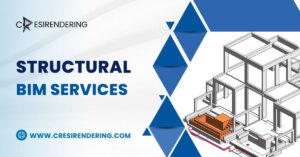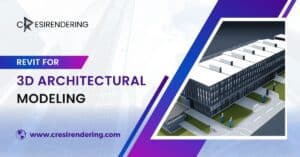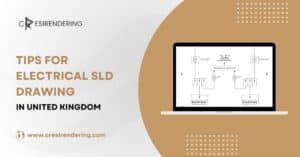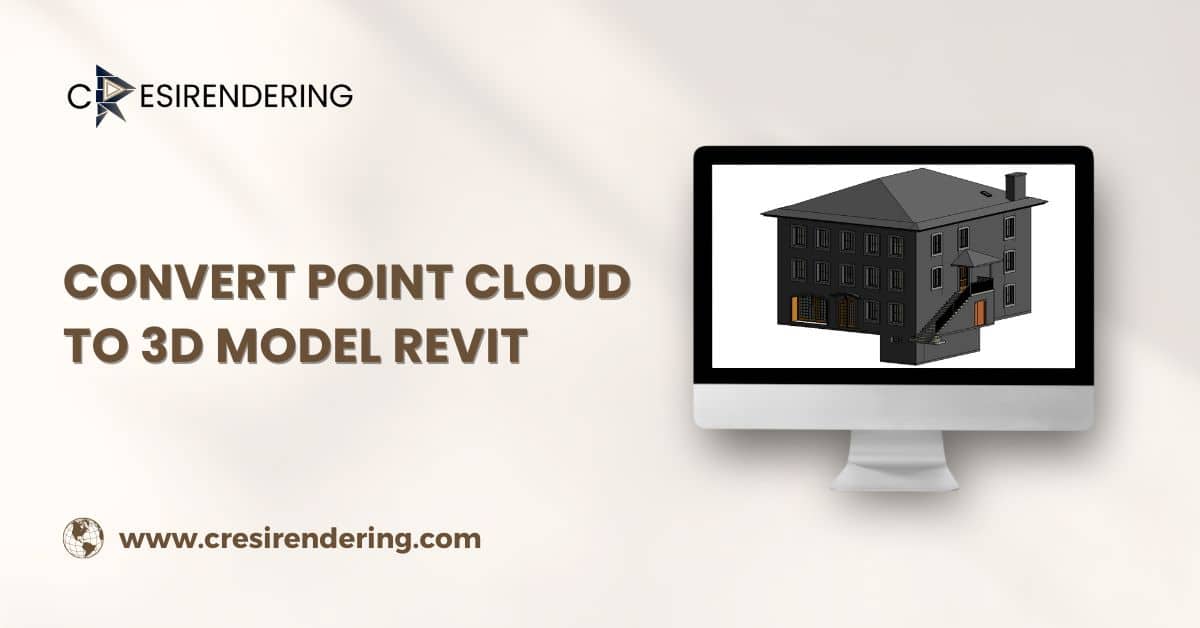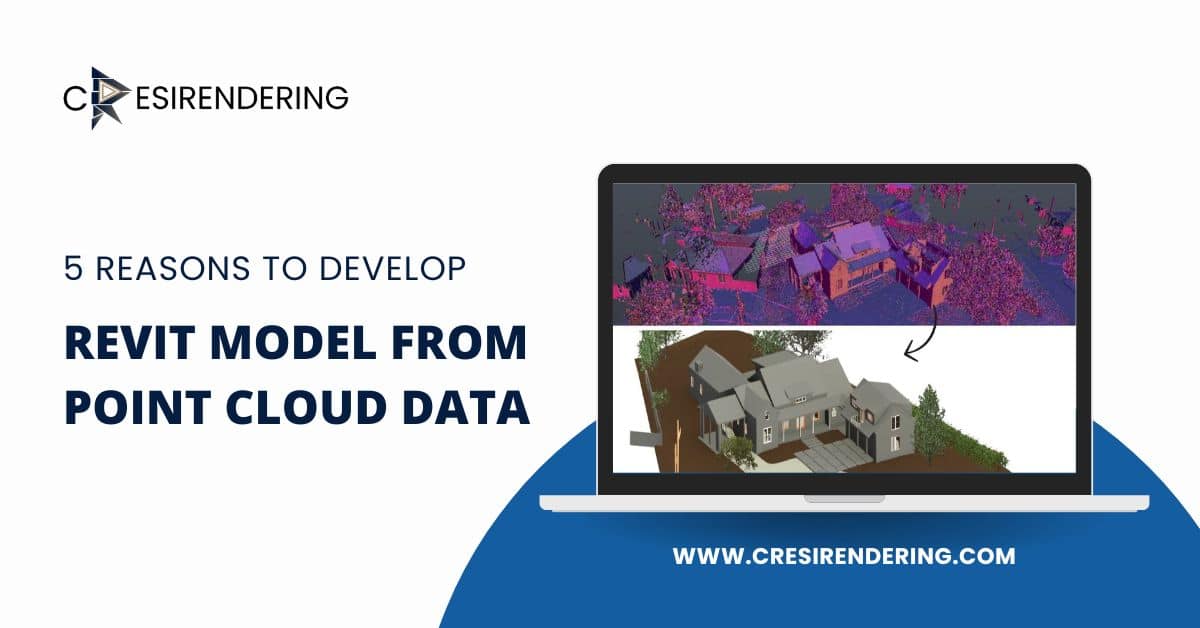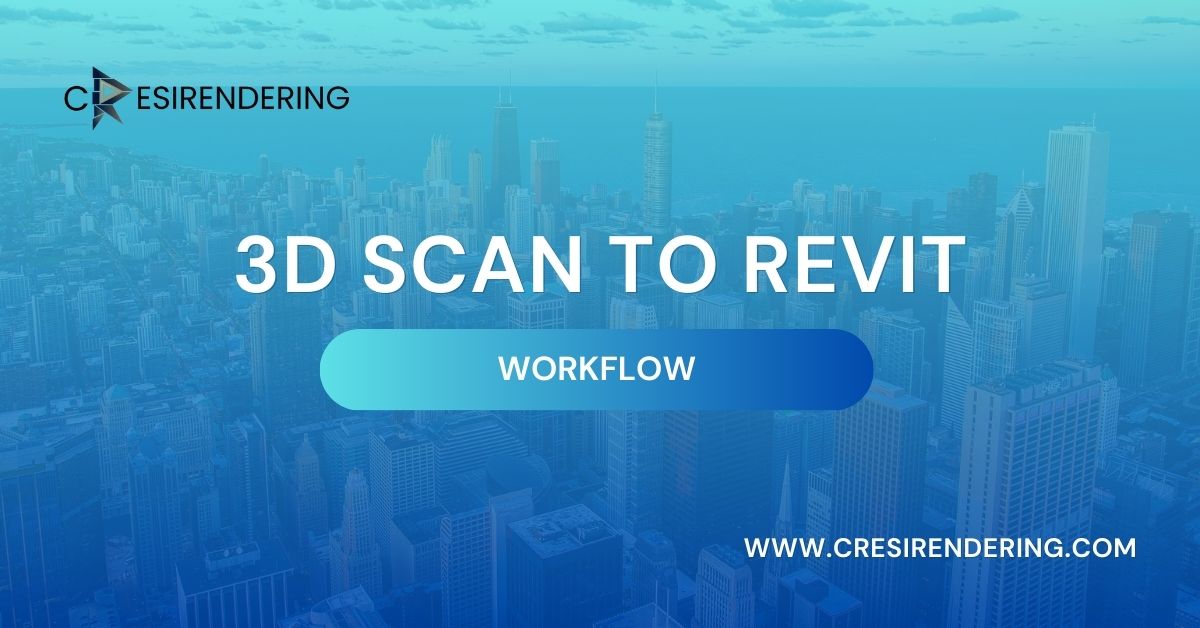Explore a comprehensive cost-benefit analysis of Scan to BIM, uncovering the advantages, savings, and gains in construction projects.

Introduction
In today’s Architecture, Engineering, and Construction (AEC) landscape, staying ahead requires embracing transformative technologies.
One such innovation, Scan to Building Information Modeling (Scan to BIM), stands out for its ability to revolutionize project workflows through precise 3D modeling derived from laser scan data.
Understanding Scan to BIM
What are the costs Associated with Scan to BIM Implementation?
1. Investment in Equipment and Software
Initial costs include acquiring or renting laser scanning equipment and securing licenses for robust BIM platforms. While advancements have made these technologies more accessible, significant investments are still necessary, especially for smaller firms or projects.
2. Training and Expertise Development
Effectively utilizing Scan to BIM requires skilled professionals trained in laser scanning techniques and proficient in BIM workflows.
Investing in training programs or hiring experienced personnel ensures maximum utilization of technology and minimizes implementation challenges.
3. Integration Challenges
Integrating Scan to BIM into existing workflows may require adjustments in processes and IT infrastructure. Costs associated with workflow optimization, data interoperability, and potential disruptions during implementation must be carefully managed to mitigate risks.
4. Data Management and Security
Managing large volumes of scan data and BIM models demands robust data management protocols and secure storage solutions.
Costs for data storage, backup systems, and cybersecurity measures are essential considerations to safeguard project information and ensure compliance.
Conducting a Comprehensive Cost-Benefit Analysis of Scan to BIM
When evaluating Scan to BIM feasibility, a structured cost-benefit analysis of scan to bim is indispensable:
- Define Project Objectives: Align Scan to BIM capabilities with specific project goals, addressing key challenges such as accuracy, collaboration, and timeline constraints.
- Estimate Implementation Costs: Obtain detailed quotes for equipment, software, training, and infrastructure upgrades. Consider both initial expenses and ongoing operational costs.
- Quantify Potential Benefits: Forecast financial savings from reduced rework, enhanced stakeholder communication, and operational efficiencies. Use case studies and industry benchmarks to support qualitative improvements.
- Financial Evaluation: Calculate ROI, payback periods, and net present value (NPV) to gauge economic viability. Evaluate risks associated with technology adoption and develop mitigation strategies for successful implementation.
What are the other benefits of Scan to BIM?
1. Precision Redefined
Laser scanning’s meticulous data capture ensures that Scan to BIM models mirror real-world conditions with unprecedented accuracy. This precision minimizes design errors and discrepancies, leading to fewer change orders and reworks during construction. Ultimately, it saves both time and costs, critical factors in project success.
2. Project-Focused Collaboration Amongst Stakeholders
Scan to BIM fosters collaborative environments by providing stakeholders—architects, engineers, contractors, and clients—with a unified platform for interactive 3D modeling.
This shared understanding streamlines decision-making processes, reduces conflicts, and enhances project cohesion from inception to completion.
3. Time and Cost Efficiency
Time efficiency is a hallmark benefit of Scan to BIM. By eliminating the need for labor-intensive manual measurements and interpretations, it accelerates project timelines.
Immediate access to precise as-built models facilitates quicker decision-making and seamless project execution, translating to faster time-to-market and reduced project costs.
4. Economic Viability and Sustainability
Despite initial investments in high-precision scanning equipment and robust BIM software, Scan to BIM offers substantial long-term cost savings.
It optimizes material usage, identifies construction clashes early, and supports sustainable building practices through efficient resource management. Moreover, it enhances the lifecycle performance of structures, promoting environmental stewardship.
5. Operational Efficiency and Maintenance
Beyond construction, Scan to BIM supports ongoing operational efficiencies. Digital documentation aids in predictive maintenance, prolongs asset lifespan, and optimizes facility management.
It ensures that buildings operate at peak efficiency throughout their lifecycle, reducing operational costs and enhancing occupant comfort.
Conclusion: Cost-Benefit Analysis of Scan to BIM
Scan to BIM represents more than a technological upgrade—it signifies a transformative shift towards efficiency, collaboration, and sustainability in AEC projects.
While initial investments may appear daunting, the long-term benefits in accuracy, cost-efficiency, and operational excellence far outweigh the costs.
By conducting a thorough Cost-Benefit Analysis of Scan to BIM and strategic planning, AEC professionals can leverage Scan to BIM to propel their projects to new heights of success.
This version aims to provide comprehensive insights tailored for AEC professionals in the USA, UK, and Europe, emphasizing practical benefits and strategic considerations of Scan to BIM implementation.
Email Us
Let's Talk
USA - (+1) 757 656 3274
UK - (+44) 7360 267087
INDIA - (+91) 63502 02061
